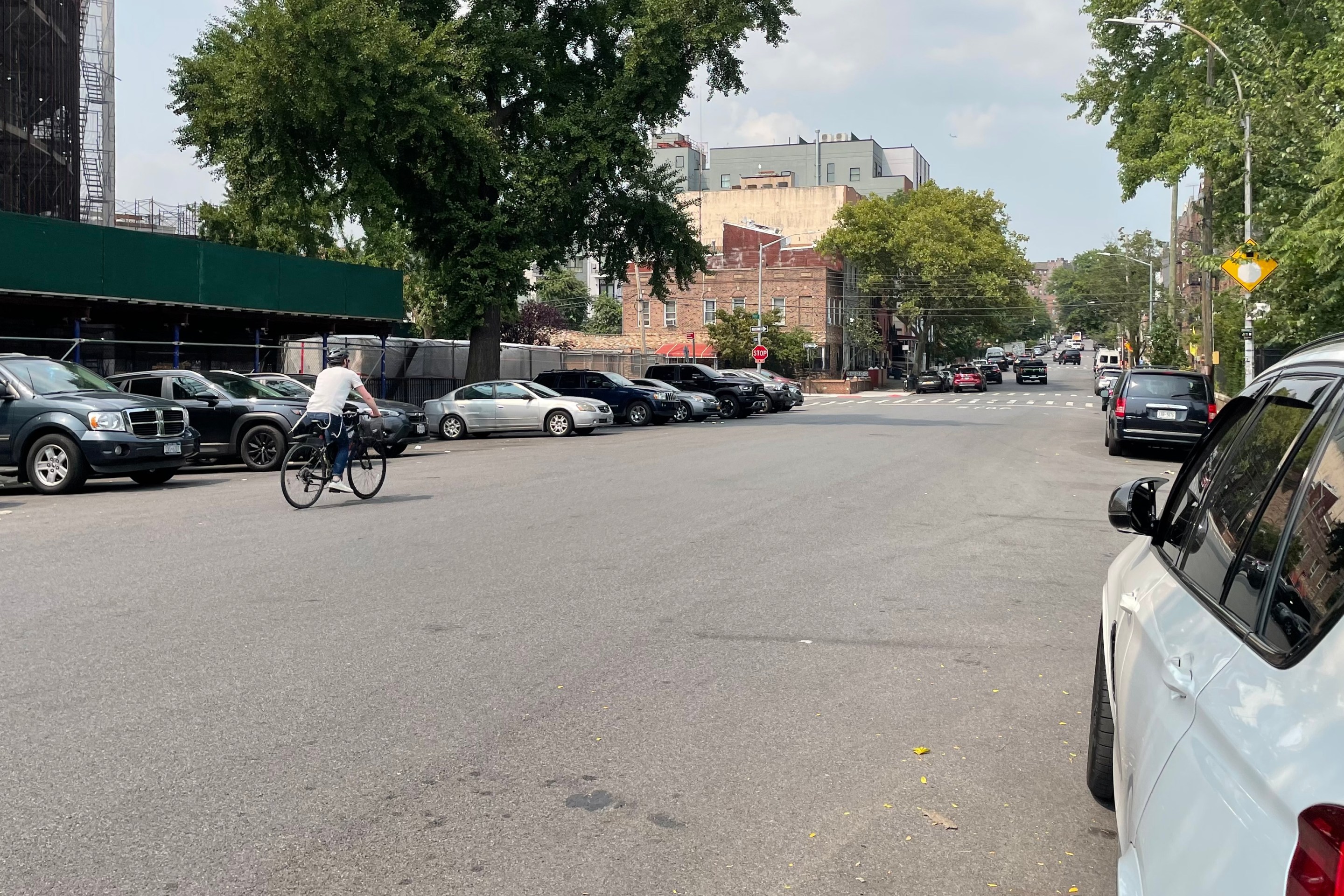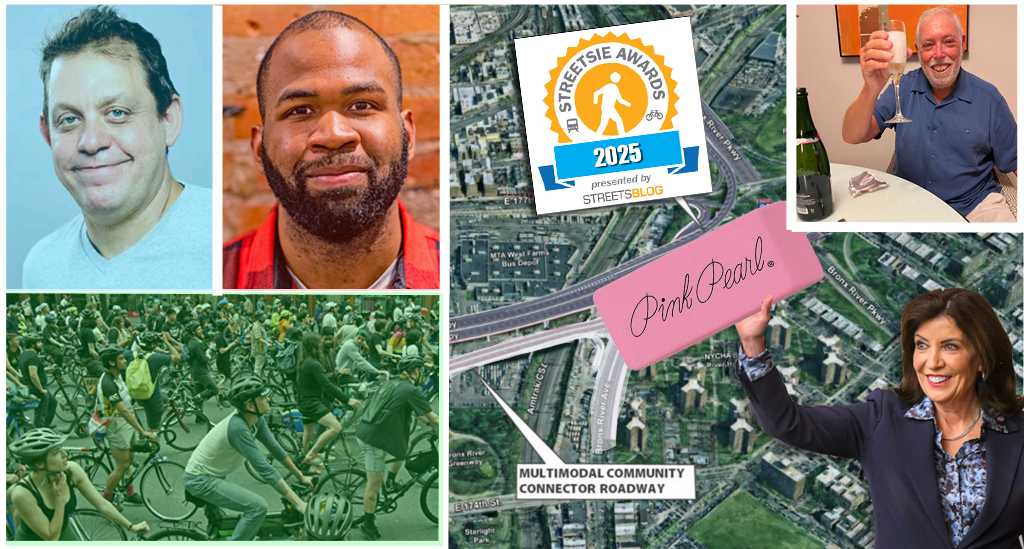 (Photo: NYT)
(Photo: NYT)At this point, it's difficult to know exactly what the government's "cash for clunkers" program is supposed to accomplish.
Claims about its economic and environmental benefits are increasingly detached from reality, and the chief advantage of the program would seem to be that it "worked," in the sense that it was popular among those looking to buy a car.
To add to Elana's post yesterday on the "myths" circulating about the program, let me offer a few thoughts on how best to think about whether the program has provided actual net benefits.
The first thing to consider is what would have happened in the absence of the program. Vehicle sales rose fairly strongly in July, and this will no doubt be attributed to the "clunkers" rebates.
But during the recession, sales hit historic lows. Replacement rates for vehicles sank to unsustainable levels, suggesting quite a bit of pent up demand in the economy.
With economic recovery and continued improvement in credit markets, sales were sure to begin rising, with or without a government subsidy.
"Cash for clunkers" may have altered the timing of purchases, but in all likelihood most of these buyers were going to be in the market soon anyway.
What about the efficiency savings generated by the program? To generate its 0.5 percent of oil consumption savings estimate, the study Elana cites used the following assumptions:
The projection assumes some 250,000 "clunkers" with an average 15 milesper gallon efficiency are traded in for vehicles rated at an average 25mpg, and travel an average 10,000 miles per year.
Given that far less than a 10 mile per gallon improvement is required to get a $3,500 voucher for a car or any voucher on an SUV or truck, it's not clear that this is an appropriate number to use. And even when efficiencies do improve significantly, the increase in mileage can't be solely attributed to the program.
Moreover, most of the clunkers being traded in this summer will have been purchased at a time when oil prices were lower than they are at present. Real oil prices in 2003 were half their current level; those in 1998 were one-fifth of prices now.
So in all likelihood, efficiencies for new vehicle purchases would be, on average, higher than those of trade-ins even without the program.
Where the program has succeeded in creating new sales, the environmental benefits are even sketchier than Elana relates. Once the energy emissions from producing a new automobile to replace a functioning old one are taken into account, the meager savings from the program may vanish entirely.
In assessing "cash for clunkers," we should also compare it with potential alternative policies. Money for the program might instead have been used to close budget holes at transit agencies, limiting service cuts, or to fund other green measures like weatherization programs.
As economic stimulus, the plan likely performed poorly relative to alternatives. As mentioned above, it is questionable whether the program generated many new sales.
Those currently in the market for a new car are probably not among the hardest hit by the recession and will be less likely to use a marginal dollar. That means that the subsidy provided by "cash for clunkers" may simply be replacing private spending rather than facilitating spending that wouldn't otherwise take place.
Unemployment benefits, on the other hand, overwhelmingly add to consumption; recipients would be spending less, in absolute terms, without the benefit.
Perhaps with more stringent efficiency requirements -- particularly for truck purchases -- the policy would have performed better. As it stands, "cash for clunkers" primarily served to give people who didn't need the help money to buy cars they were going to buy anyway.





